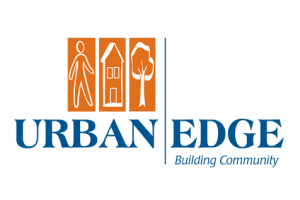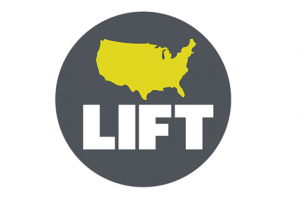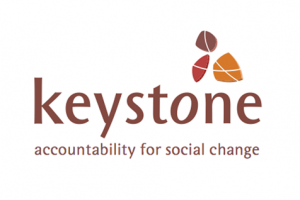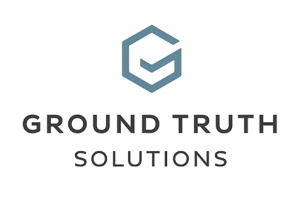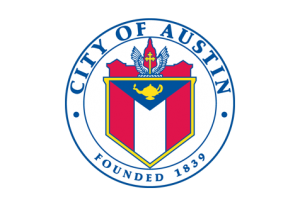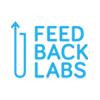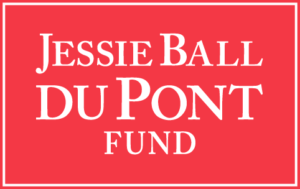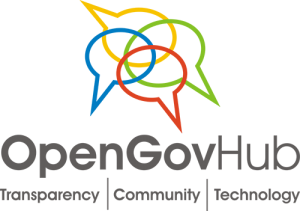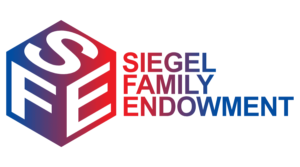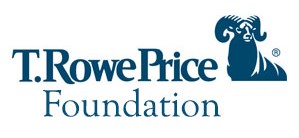This fast-moving, hands-on course will equip you with the knowledge, skills, and tools you need to listen to and respond to feedback from the people at the heart of your work. You will learn about the core elements of a high-quality feedback loop and create a custom road map to address your own specific feedback challenge.
Upcoming Crash Courses:
Would you like to keep up-to-date with upcoming Crash Courses across the world? Sign up for our mailing list below.
To learn more about hosting a Crash Course for your organization, grantees, or network contact [email protected].
Why attend a Crash Course?
The thing that I enjoyed the most was just how action-oriented it was, really giving us that road map, walking us through each step of this practice.
– Jonathan Brack, Fund for Shared Insight
The course consists of interactive exercises, personal reflection, and group work designed to help you develop a feedback action plan that is ready for implementation. Sessions are accompanied by robust learning materials, including written case studies for each stage of the loop and tips and tricks for systematically embedding feedback in your organization’s programs and operations. Read how Thread, Inc. was able to strengthen their feedback loop through the Crash Course here.

Knowledge
Understand each step of the feedback loop and learn how to close the loop.
![]()
Skills
Hone critical skills for creating buy-in, facilitating dialogue, and taking action in response to feedback.

Action
Come away with a custom feedback plan tailored to your organization.
Benefits
- Evaluate your current feedback practice
- Gain high-quality resources for each step of the feedback loop
- Collaborate with peers and expert mentors
- Dive into practical case studies
- Create a custom feedback plan
- Earn your certificate as a feedback pioneer
Learning Objectives
By the end of the Crash Course, participants will be able to:
- Articulate the value, purpose, and impact of feedback;
- Collaborate with stakeholders to design and implement a closed feedback loop; and
- Feel like they can just get started!
Curriculum
I. Getting Started
- Establish a supportive learning environment;
- Assess your current feedback practice;
- Celebrate the knowledge that already exists in the room.
II. Defining Feedback
- Articulate the definition of perceptual feedback;
- Understand the common myths that hold us back from high-quality feedback;
- Describe the benefits and impact of feedback.
III. Design & Buy-In
- Identify the stakeholders you need buy-in from;
- Consider strategies for fostering buy-in;
- Understand the contextual factors that impact your feedback design.
IV. Collect
- Identify the best data collection tool for your audience;
- Begin to craft actionable, engaging feedback questions.
V. Analyze
- Identify different quantitative and qualitative data analysis approaches;
- Consider how data analysis helps surface issues of equity and inclusion;
- Match your feedback questions to your analysis needs.
VI. Dialogue
- Participate in a real-time feedback dialogue;
- Learn about different dialogue approaches and facilitation techniques;
- Begin to consider your dialogue design.
VII. Course Correct
- Explore frameworks for prioritizing course corrections over the short, medium, and long-term;
- Identify strategies for reporting back the results of your feedback process to constituents.
VIII. Wrap Up
- Finalize and present your feedback loop action plan;
- Pinpoint your priorities for getting started with your new and improved feedback process!
Featuring Feedback Stories From:
